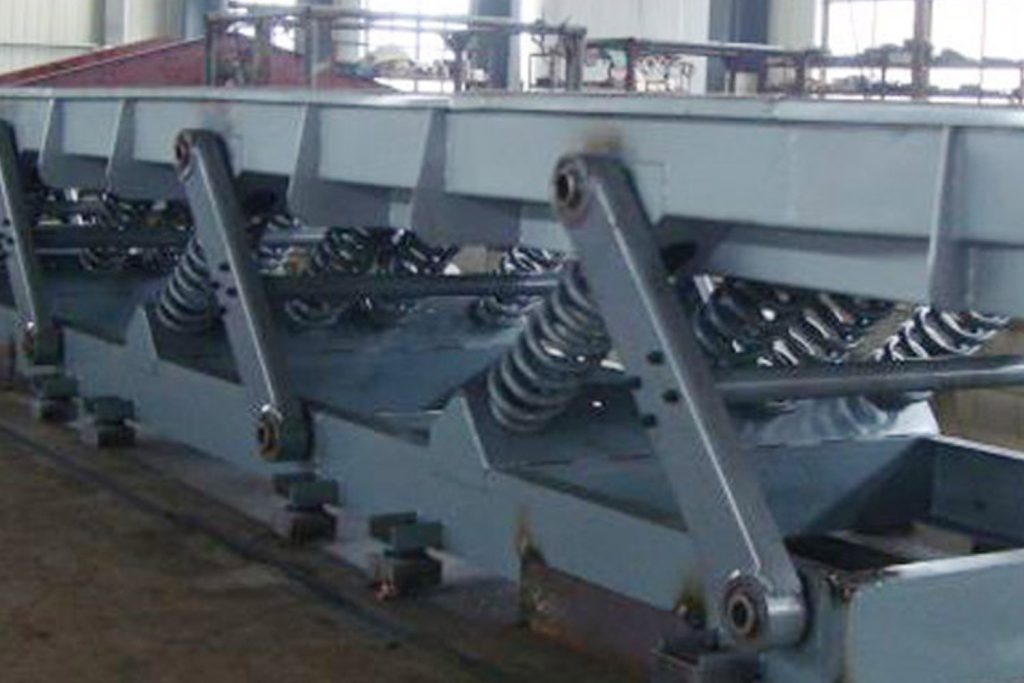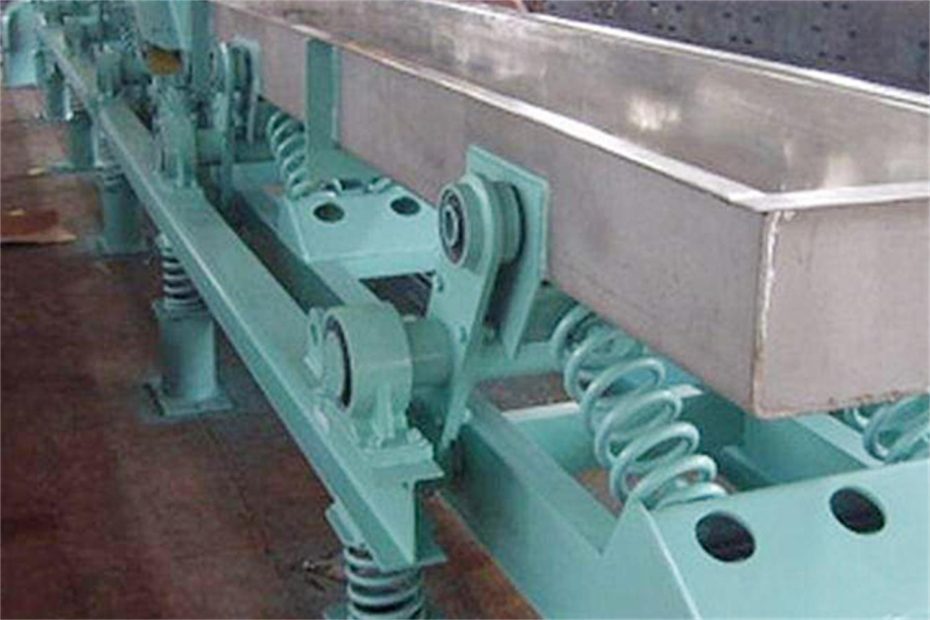A vibrating conveyor is a type of conveying system that uses vibrations to move materials along a conveyor belt or tray. Vibrating conveyors can be customized to adapt to various industrial applications, and they are widely used in industries such as food processing, mining, and pharmaceuticals.
Top 5 Features of a Vibrating Conveyor
Vibrating conveyors have several features that make them ideal for material handling. Some of the key features of a vibrating conveyor include:
Customizable Design
One of the primary features of a vibrating conveyor is their customizable design. Vibrating conveyors can be designed to meet the specific requirements of various industries, such as the size and shape of the conveyor, the type of materials being transported, and the speed of material flow. This makes them ideal for use in various industrial applications.
Controlled Vibration
Another feature of vibrating conveyors is their ability to control the intensity and frequency of the vibrations. The level of vibration can be adjusted to meet the specific requirements of the material being transported, ensuring that the materials are moved efficiently without being damaged or crushed during the conveying process.
Low Maintenance
Vibrating conveyors are designed to require minimal maintenance, reducing the need for frequent repairs and replacement components. This helps to save time and money, making them an ideal choice for companies that require high levels of efficiency and productivity.

Safe Operation
Vibrating conveyors are designed to operate in a safe manner, with safety features that prevent accidents and injuries. Some of the safety features of vibrating conveyors include guards, emergency stop buttons, and warning signs that alert workers to potential hazards.
Energy Efficient
Vibrating conveyors are energy-efficient and can contribute to reducing energy consumption in industrial processes. They use less energy than other types of conveyor systems, making them a cost-effective solution for material handling.
3 Types of Vibrating Conveyor
There are different types of vibrating conveyors based on their design and application. Some of the common types of vibrating conveyors include:
Horizontal Vibrating Conveyor
Horizontal vibrating conveyors use a horizontal tray or trough to transport materials. They are commonly used for moving materials along a straight path, such as from one process to another.
Vibrating Spiral Elevators
Vibrating spiral elevators transport materials vertically, making them ideal for use in industries such as mining and pharmaceuticals, where materials are moved to higher elevations.
Vibrating Tube Conveyor
In a vibrating tube conveyor, the materials are transported through a tube that is vibrated to help move the materials along the conveyor. Vibrating tube conveyors are commonly used for transporting fragile materials, such as glass or ceramics.
3 Applications of Vibrating Conveyor
Vibrating conveyors are used in a variety of industrial applications, where materials need to be moved efficiently and safely. Some of the common applications of vibrating conveyors include:
Food Processing
Vibrating conveyors are widely used in the food processing industry to transport food products such as fruits, vegetables, and grains. They are designed to meet strict hygiene standards and can be customized to handle different types of food products.

Mining
In the mining industry, vibrating conveyors are used to transport minerals and other materials from one location to another. They are commonly used in underground mines, where space is limited and traditional conveyor systems are difficult to install.
Pharmaceuticals
Vibrating conveyors are used in the pharmaceutical industry to transport drugs, tablets, and other medical products. They are designed to meet strict standards for cleanliness and hygiene, ensuring that the products are not contaminated during the transportation process.
Conclusion
Vibrating conveyors are an efficient and flexible type of conveying system that can be customized to meet the specific requirements of various industrial applications.
Their ability to control vibration, low maintenance, safe operation, energy efficiency, and customizable design make them an ideal choice for material handling in various industries. With its unique features and applications, vibrating conveyors have become an essential tool for various manufacturing processes.
